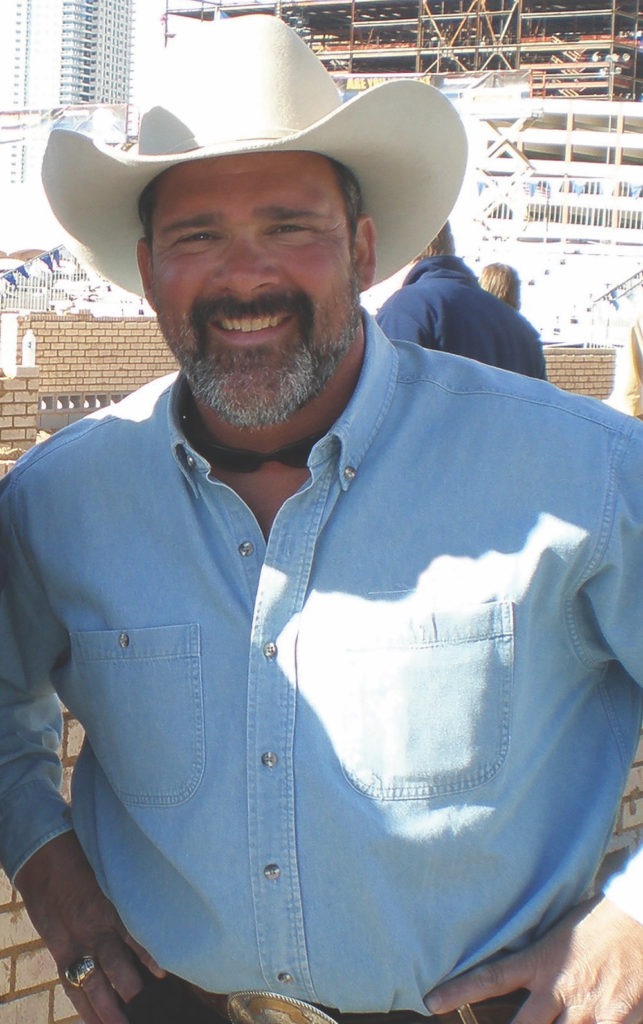Steven Fechino
Even with this crazy year, time seems to be at a premium, and spare time is tough to find. However, it is the time of year where many of us are putting it into a higher gear, getting our projects wrapped up, and sending the billings out before the cold weather sets in. This is also the time of year we begin to look closer at our equipment and make many of the repairs or replace decisions.

At one point, many of the masons in this country were part-time masons and part-time engine mechanics. Today, many of us know we can hire a mechanic with better skills and an affordable rate, where we no longer have to turn the wrenches, but decisions on equipment still fall into our job description. With parts being available for much of the common equipment in the fleets we typically use, labor tends to be the biggest unknown expense. Unknown labor is what we estimate every day, so I do not consider this much of a risk issue.
Small Engines
Issues in small equipment are typically quick to identify, is it smoking blue (Blue smoke is usually one of several things: burning excessive oil, clogged breather or an oil-soaked filter, piston ring or seal which would require an engine overhaul or a crankcase that was overfilled or an incorrect oil grade used in the engine) or white smoke (White smoke can be a sign of a blown head gasket or water in the fuel tank or system. These are a few of the obvious signs. Compression tests are usually very useful in determining if the valves are adjusted or if the cylinder walls and piston are worn beyond normal tolerance.

My rules for repair are pretty simple, they begin by looking at what I want to fix first and how much I want to spend on each item. The first thing I do is clean the equipment, if it is a larger piece of equipment, I might use a Simple Green or Purple Power degreaser and a rinse, if it is a two-cycle engine I will use a can or two of brake fluid to clean it without adding moisture to the engine area. If the cost of the repair is more than one-half the value of a new replacement tool, then replace. The old equipment is good for one or two parts, but most of what you need will be small items stripped off the engine and unit before you scrap it for metal. Pressure washers are good for the retractable pull ropes, pumps, fittings, hoses, and spray guns. Any two-cycle engines are usually good for one rebuilt cylinder replacement kit, maybe two, but then they too become a scrap item.
Engines run better when ethanol is not used. I have beat this horse to death, but since I went ethanol-free in my small engines, I no longer have tough starts or the need for starting fluid. If you have run ethanol in your small engine mix, please consider running a tank of non-ethanol fuel or engineered fuel through the unit before you put it up for a long period. The diaphragm in the carburetor will remain pliable and will be able to function upon need after the unused period. If you need to purchase multiple carburetor kits for carburetor rebuilds, consider using V. E. Peterson in Walbridge Ohio. V. E. Peterson has always provided me with quality O.E.M parts at a wholesale price. I will usually rebuild a carburetor once or twice, but then the carburetor replacement is well worth the money. Always replace the fuel lines when you work on a two-cycle engine. There are four commonly available sizes of yellow replacement fuel lines, 0.08” x 0.14”, 3/32” x 3/16”, 1/8” x 3/16”, and 1/8” x ¼ “. Here is a tip, not like I ever did this wrong myself, just because it fits the barbed fitting in the equipment does not mean it is the correct size, really, something I must have learned from a friend. The incorrect size fuel line and vacuum lines can result in a perfectly good machine that will run poorly because of the mechanic’s error. It is also a good idea to consider replacing the plug and sand down the flywheel, all of this will improve the performance of the unit.

Oil changes are done by some and just checked by others, that is just how it goes. So, during the winter, just change the oil. The oil that is used in a small engine is not what you would put in your truck. The reason is that the truck, take a new Chevrolet for example, may use a sae 5w-30 or a sae 0w-30 which is too thin to lubricate the parts of a small engine. Honda recommends using a sae 10w-30 for most standard operations, however, using a sae 30 will help reduce engine wear in temperatures above 90 degrees. Please look at each of your engine’s specifications before you purchase any additional oil so you can use the recommended weight for your location.
Hopefully, there is a tip or two here that can assist you in keeping your small engines running a little longer. Thanks to my friend Burt Yergy for answering all of my crazy small engine questions for the past 30 years, hopefully, we will have at least 30 more years of small engine learning.
